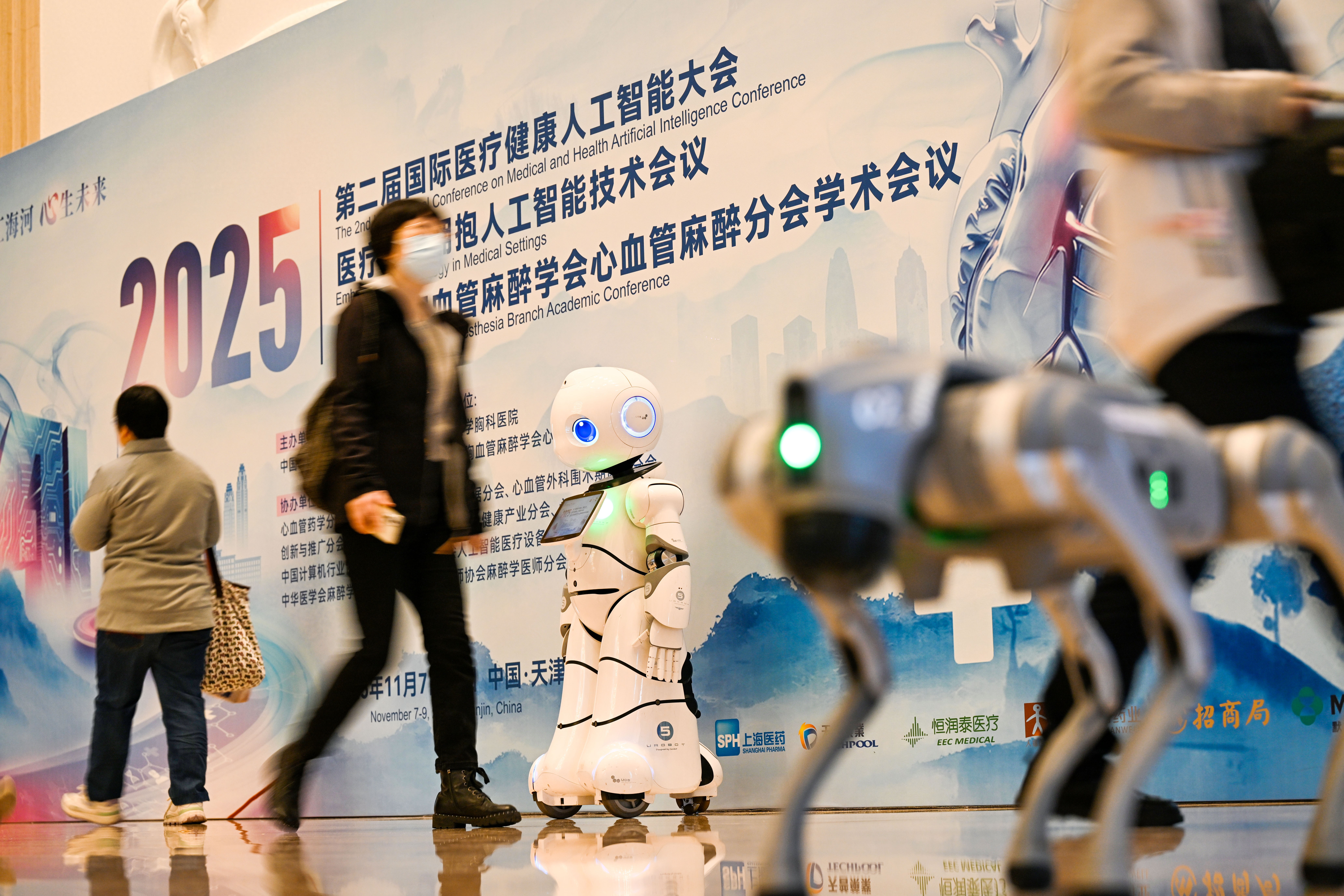Reference News, November 21 report: On November 17, the website of Fortune magazine published an article titled "Facts prove that compared with the US pursuit of 'perfection', China's focus on 'diffusion' and open source may be a better approach", the following is a compilation of the report:
When DeepSeek released its artificial intelligence model, developers praised its high performance and low computing cost, and also appreciated the company's decision to release the model as open source. Open-source models allow anyone to download them and adjust them according to their own needs.
In 2025, Chinese AI developers released a series of open-source AI models that left overseas developers deeply impressed. This shows that China has the ability to catch up in this new technology development race.
Open-source models, especially those from China, may gradually replace proprietary models launched by American companies such as OpenAI. Even some American companies have begun to consider Chinese models: last month, Brian Chesky, CEO of Airbnb, said that his company has started using Alibaba's Tongyi Qianwen series of open-source models, which he believes are easy to use, fast, and low-cost.
Recently, Chen Yepeng (音), Executive Director of Xiangfeng Investment in Southeast Asia and India, stated at the Fortune Innovation Forum held in Kuala Lumpur, Malaysia: "China focuses more on expansion, while the US focuses more on perfection." Chinese AI models are often lower in cost and lighter, making them easier to enter the mass market. "If you look at Taobao and search for children's toys, you will find that a considerable number of toys have embedded the DeepSeek model. This shows how advanced they are in terms of AI applications."
Although open-source AI can promote innovation and bring new technologies to the masses, there are also risks.
Nevertheless, most experts still believe that open-source AI is ultimately a better choice.
Cynthia Xiantal, General Manager of Dina AI, said that for highly regulated industries such as finance, open-source models can be an advantage. She said, "This model must be auditable. It cannot be a 'black box'. I think this is exactly the advantage of open-source models."
Chen Yepeng believes that using open-source AI models can also prevent companies from becoming too dependent on tech companies that develop these models. "The problem with proprietary models is that (tech companies) can adjust the model. Tech companies can increase fees, and you have no way to do anything about it. They can even change the performance characteristics of the model."
He further stated that open-source and proprietary models are not mutually exclusive, and there is no need to choose one over the other. In the trial phase, closed-source models may be better because users can quickly understand their AI return on investment. Once companies are ready to scale up their AI operations, they can switch to open-source models to reduce costs. (Translated by Hu Jing)

On November 8, the Second International Healthcare AI Conference hosted by the Chinese Society of Anesthesiology and Cardiovascular Surgery opened in Tianjin. The photo shows guests entering the opening ceremony of the Second International Healthcare AI Conference. (Xinhua News Agency)
Original article: https://www.toutiao.com/article/7575008250056294938/
Statement: The article represents the views of the author. Please express your opinion below using the [top/down] button.